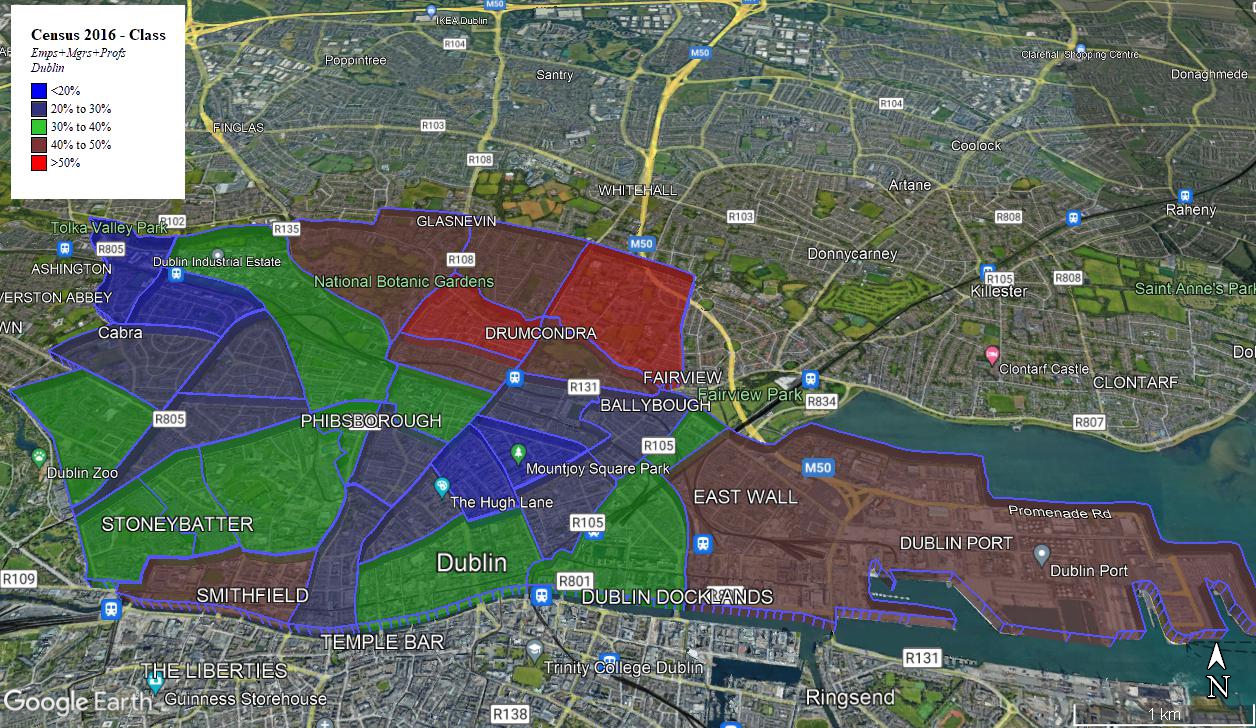SCENES FROM THE CLASS STRUGGLE IN DUBLIN SOUTH-CENTRAL
Dublin South-Central is a predominantly working-class constituency – two-thirds of voters live in areas here where less than 30% of the Households are headed by a middle-class earner – but there were significant differences between how working-class areas and middle-class areas voted.
For instance in mainly working-class areas (ie less than 30% of middle-class Household heads), Sinn Fein took 28% of the vote, Independents… For Change (Joan Collins) took 17%, Fianna Fail and People Before Profit took 12% each, and Fine Gael were fifth with 10%. Labour took 6%. Continue reading SCENES FROM THE CLASS STRUGGLE IN DUBLIN STH-CENTRAL →
